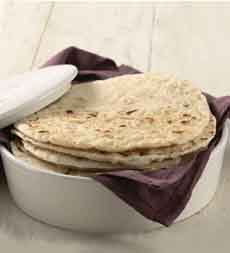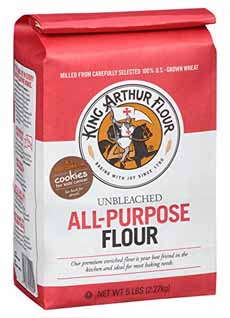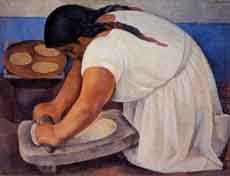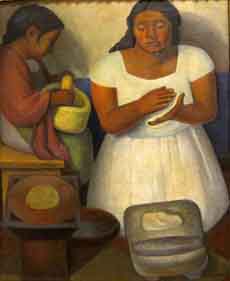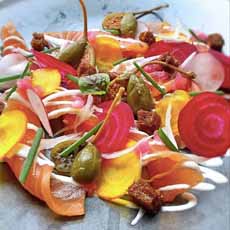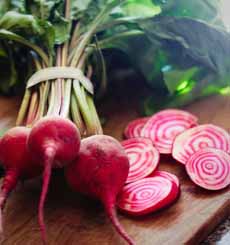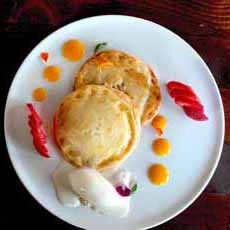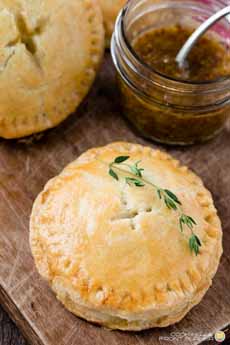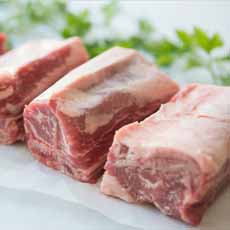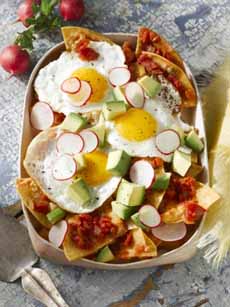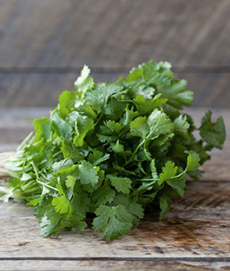|
Want to make homemade tortillas for Cinco de Mayo?
Practice this weekend with this recipe from King Arthur Flour. They’re so much more authentic than the flat-pressed commercial versions.
Although traditionally made with lard, these tortillas are equally delicious using butter, shortening, or vegetable oil as the fat.
This is also a flour tortilla version. The originals were made with corn flour until wheat flour arrived with the Spanish in the 16th century. If you prefer a corn flour version, here’s a recipe and video from Mexican food specialist chef Rick Bayless, plus more about corn tortilla.
The resting period improves the texture of the dough by giving the flour time to absorb the water. It also gives the gluten time to relax, making the tortillas easier to roll out.
You may extend the resting, or skip it altogether if you don’t have the time—the recipe is pretty forgiving. The tortillas will roll out and stay thinner if you include the rest, though.
If there are leftovers, allow them to cool completely, then wrap them tightly in plastic and store them in the refrigerator. Reheat in an ungreased skillet, or for a few seconds in the microwave.
Prep time is 15 minutes, and cook time is 15 to 25 minutes.
> June 16th is National Tortilla Day.
> The different types of bread: a photo glossary.
RECIPE: HOMEMADE TORTILLAS
Ingredients For 8 Eight-Inch Tortillas
2-1/2 cups unbleached all-purpose flour, plus additional as needed
1/4 cup lard (traditional); or butter, shortening, or vegetable oil
7/8 to 1 cup hot tap water (about 110°F to 120°F)
1 teaspoon baking powder
1/2 teaspoon salt
Preparation
1. MAKE the dough: In a medium-sized bowl, whisk together the flour, baking powder, and salt. Add the lard (or butter, or shortening; if you’re using vegetable oil, add it in step 3). Use your fingers or a pastry blender to work the fat into the flour until it disappears. Coating most of the flour with fat inhibits gluten formation, making the tortillas easier to roll out.
2. POUR in the lesser amount of hot water (plus the oil, if you’re using it), and stir briskly with a fork or whisk to bring the dough together into a shaggy mass. Stir in additional water as needed to bring the dough together.
3. TURN the dough out onto a lightly floured counter and knead briefly, just until the dough forms a ball. If the dough is very sticky, gradually add a bit more flour.
4. DIVIDE the dough into 8 pieces. Round the pieces into balls, flatten slightly, and allow them to rest, covered, for about 30 minutes. If you wish, coat each ball lightly in oil before covering it to ensure that the dough doesn’t dry out. While the dough rests…
5. PREHEAT an ungreased cast iron griddle or skillet over medium-high heat, about 400°F. Working with one piece of dough at a time, roll into a round about 8″ in diameter. Keep the remaining dough covered while you work. Fry the tortilla in the ungreased pan for about 30 seconds on each side.
6. WRAP the tortillas in a clean cloth when they come off the griddle, to keep them pliable. Repeat with the remaining dough balls.
TORTILLA HISTORY
The mainstay of the Mexican diet was and still is, the corn* tortilla, made with indigenous corn from prehistoric times. Excavations in the valley of Valle de Tehuac, in Sierra Mountains in the state of Puebla, date their use to more than seven thousand years [source].
|
